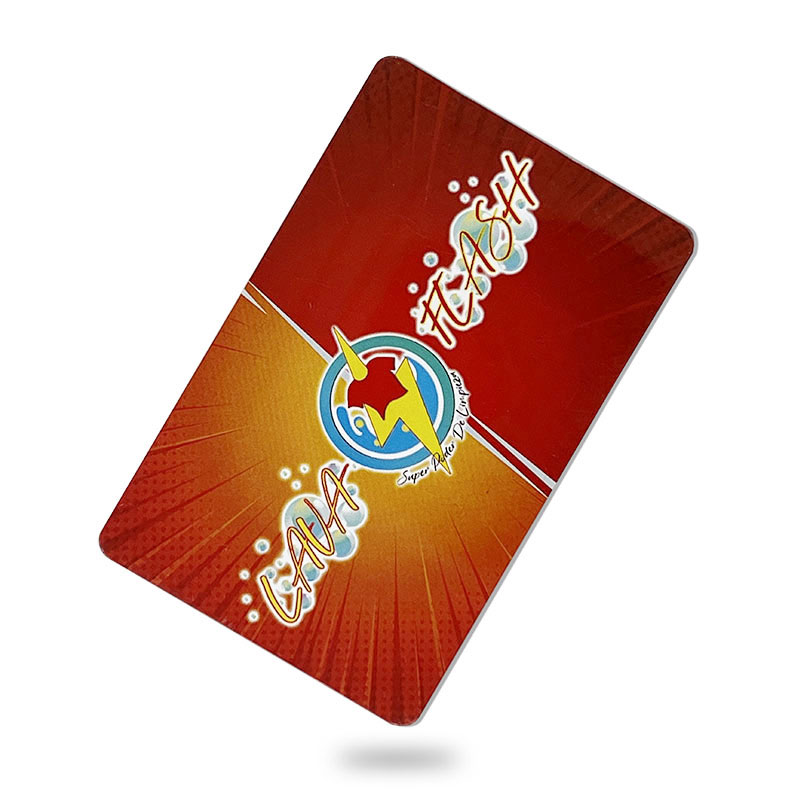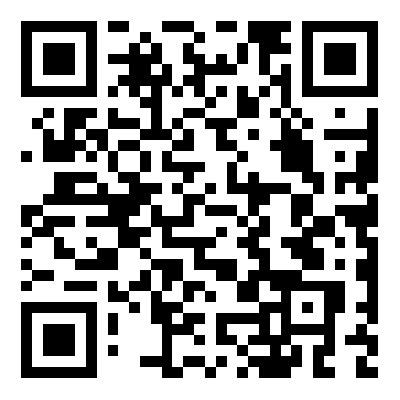Two chips integrated into a dual chip smart card are typically
2023-10-18
Dual chip smart cards, also known as dual-interface smart cards, are a type of smart card that incorporates two separate chips within a single card. These cards are designed to offer compatibility with multiple types of card reader technologies, providing increased flexibility and convenience for various applications.
The two chips integrated into a dual chip smart card are typically:
1. Contact chip: This chip contains the traditional metallic contact pads on the surface of the card. It enables communication and data exchange when inserted into a card reader that has physical contact with the card's chip. Contact chip technology is widely used in many smart card applications, such as payment cards, identification cards, and access control cards.
2. Contactless chip: This chip is equipped with an embedded antenna and operates using radio frequency (RF) communication. It allows for wireless communication between the card and a compatible contactless card reader or NFC (Near Field Communication) device. Contactless technology offers the convenience of simply tapping or waving the card near a reader to initiate a transaction or exchange information. It is commonly used in applications like contactless payment cards, transportation cards, and secure access systems.
By combining both contact and contactless technologies, dual chip smart cards can be used in a wider range of scenarios. For example, they can be used in environments where both contact and contactless card readers are available, ensuring compatibility regardless of the specific reader infrastructure.
Dual chip smart cards provide enhanced security and versatility by leveraging the strengths of both contact and contactless technologies. They can support a variety of applications, such as payment, identification, access control, loyalty programs, and more. The specific functionalities and capabilities of dual chip smart cards may vary depending on the card manufacturer, application requirements, and the specific protocols and standards implemented.



